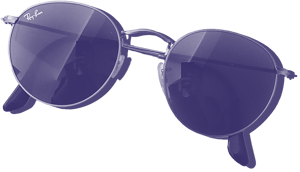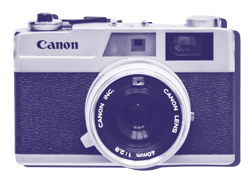The turn of the century marked a historic shift in society. While the 1900s saw war, economic booms and busts, free love, glam rock, and fashion eras everyone wishes they could forget, the new millennium has seen an entirely unique cultural zeitgeist. The reason for this? The internet and social media.
With this new era, personal branding became something not only considered by public figures, but by the girl next door. Teenagers postured themselves across screens in ways that aligned with how they wished to be perceived by their peers, not unlike companies have always strived to do for their customers. Plus, innermost thoughts were no longer reserved for the private expression of journals, but existed on blogs. All at once, social media brought forth posts that traded vanity in favour of gripping captions that focused on baring beliefs and inspiring social change.
And who grew up in the midst of this monumental cultural shift? Gen Z!
The cohort, born between 1995-2009 are a desirable group for marketers. Their access to information expands far past what their parents and teachers have to offer. As the first generation to be raised on the internet, Gen Z provides a unique case for brands to demystify. They have their own spin on things and are seeking to be seen and valued by the companies they interact with.
While parents might not understand or value the same things that their Gen Z children do, the onus is upon marketers to unpack, understand and adapt to their desires in order to get with the program and appeal to the generation that clocks purchasing power of up to $143 billion.
Read ahead to learn everything you need to know about how to market to this generation by understanding their demographic makeup, beliefs, viewpoints, and the best marketing strategies that have proven to resonate.
This is a must-read for senior marketers wanting to reach them, as they are unlike any generation before. Gen Z have some strong differences compared to Millennials and the same marketing strategies that worked for the latter group won’t always work for the former. Let’s dive in.


.svg)







 Mental health is top of mind for Gen Z, and one reason for this comes from the constant need of comparison they face by always being connected, causing FOMO for many, always wondering what they might be missing out on.
Mental health is top of mind for Gen Z, and one reason for this comes from the constant need of comparison they face by always being connected, causing FOMO for many, always wondering what they might be missing out on. 





